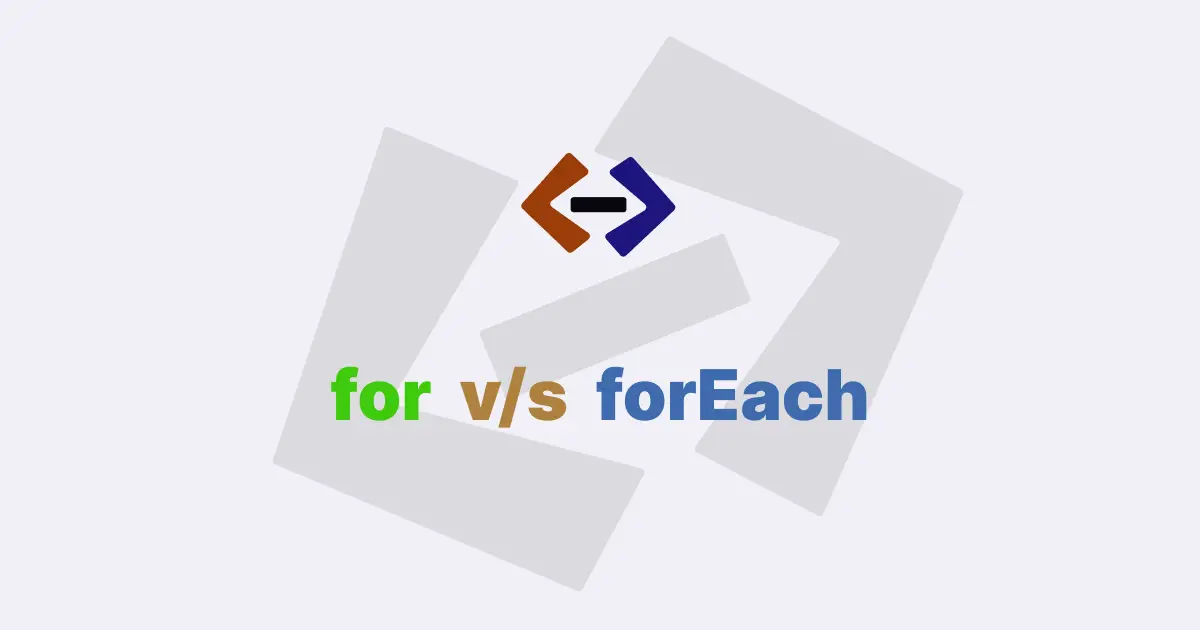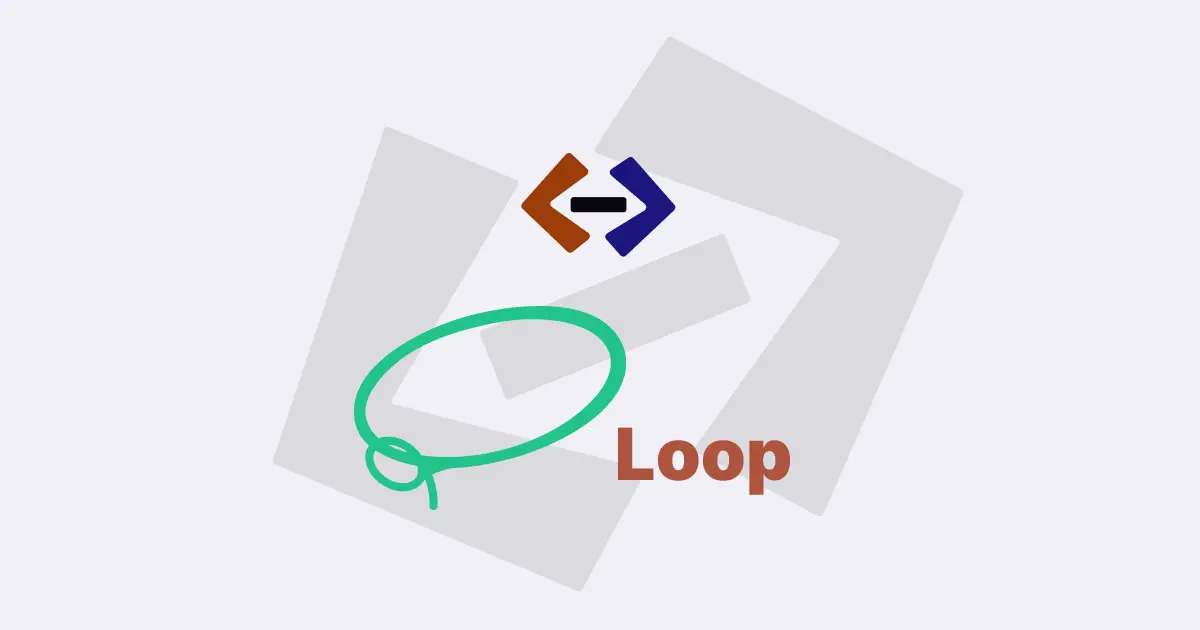The forEach() method is a built-in higher-order function in JavaScript that allows you to iterate over an array or array-like object and perform a specified action for each element in the array.
It provides a concise and expressive way to loop through arrays without having to use traditional for loops.
In this article, we will explore the various use cases and benefits of using the forEach() method in Javascript.
Syntax of the forEach() method:
The syntax for the forEach() method is as follows:
array.forEach(callback(currentValue[, index[, array]])[, thisArg]);Where:
array: The array or array-like object that you want to iterate over.callback: A function that is called for each element in the array.currentValue: The current element being processed in the array.index (optional): The index of the current element being processed in the array.array (optional): The array that theforEach()method is being called on.thisArg (optional): A value to use asthiswhen executing the callback function.
Here are some different usecases of forEach() methods:
1. Iterating over an array:
The most common use case of the forEach() method is to iterate over an array and perform an action on each element.
For example, let’s say you have an array of numbers and you want to print each number to the console:
const numbers = [1, 2, 3, 4, 5];
numbers.forEach(function (number) {
console.log(number);
});This will output:
1
2
3
4
5In the above example, the forEach() method iterates over each element in the numbers array and passes each element to the callback function as the currentValue. The callback function then logs the currentValue to the console.
2. Modifying array elements:
You can also use the forEach() method to modify the elements of an array.
For example, let’s say you have an array of numbers and you want to square each number in the array:
const numbers = [1, 2, 3, 4, 5];
numbers.forEach(function (number, index, array) {
array[index] = number * number;
});After running the above code, the numbers array will be modified to [1, 4, 9, 16, 25].
In the above example, the forEach() method iterates over each element in the numbers array and passes the currentValue, index, and array to the callback function. The callback function then sets the square of the currentValue back to the array at the corresponding index, effectively modifying the elements of the array.
3. Skipping or breaking iteration:
The forEach() method does not provide a way to skip or break out of the loop. Once it starts iterating, it will loop through all the elements in the array, even if you return false from the callback function.
However, you can achieve similar functionality by using return or throw statements inside the callback function.
For example, let’s say you have an array of numbers and you want to skip numbers that are less than or equal to 3:
const numbers = [1, 2, 3, 4, 5];
numbers.forEach(function (number) {
if (number <= 3) {
return; // skip numbers <= 3
}
console.log(number);
});This will output:
4
54. Accessing the original array:
Another useful feature of the forEach() method is that it provides access to the original array being iterated through via the optional array parameter in the callback function.
This can be helpful if you need to reference or manipulate the original array within the callback function.
For example, let’s say you have an array of strings and you want to create a new array by appending ”!” to each string in the original array:
const greetings = ["Hello", "Hi", "Hey"];
const excitedGreetings = [];
greetings.forEach(function (greeting, index, array) {
excitedGreetings.push(greeting + "!");
});
console.log(excitedGreetings); // Output: ["Hello!", "Hi!", "Hey!"]In the above example, the forEach() method iterates over each element in the greetings array and appends ”!” to each string, then pushes the modified string to a new array excitedGreetings. This demonstrates how you can access and manipulate the original array while using the forEach() method.
5. Specifying a this context:
The forEach() method also allows you to specify a this context for the callback function using the optional thisArg parameter. The this context refers to the value of this within the callback function.
For example, let’s say you have an object that represents a person and an array of hobbies, and you want to log each hobby along with the person’s name using forEach():
const person = {
name: "John",
hobbies: ["reading", "cooking", "hiking"],
logHobbies: function () {
this.hobbies.forEach(function (hobby) {
console.log(this.name + " likes " + hobby);
}, this); // specify thisArg as the current object
},
};
person.logHobbies();This will output:
John likes reading
John likes cooking
John likes hikingIn the above example, the forEach() method is called on the hobbies array within the logHobbies() method of the person object. By passing this as the thisArg to the forEach() method, we ensure that this within the callback function refers to the current object (person), allowing us to access the name property of the person object.
Performance considerations:
The forEach() method is a powerful tool for iterating over arrays in JavaScript, but it may not always be the most performant option depending on your specific use case. Since the forEach() method is a higher-order function, it creates a new function call for each element in the array, which can add performance overhead for large arrays. In scenarios where performance is critical, using a traditional for loop may be more efficient.
Thank you for reading, and let’s have conversation with each other
Thank you for reading my article. Let’s have conversation on Twitter and LinkedIn by connecting.



